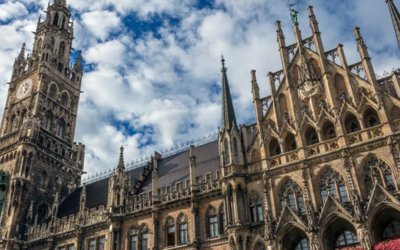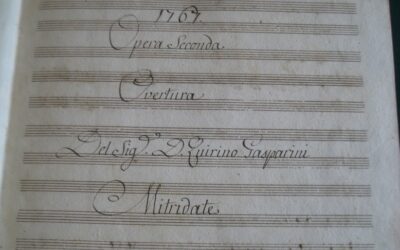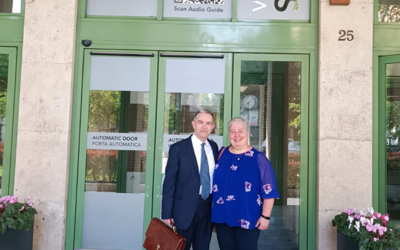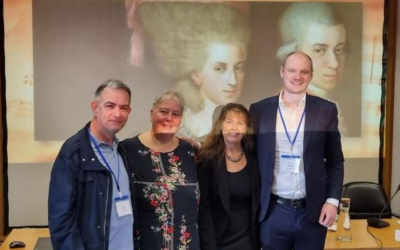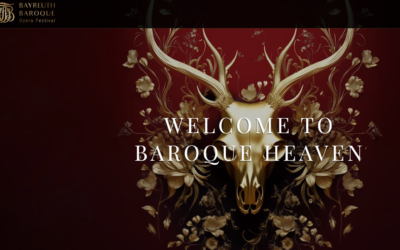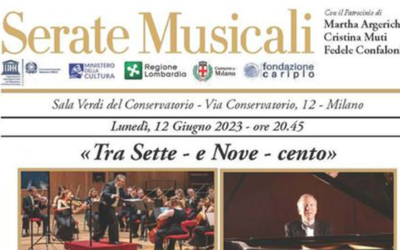Unveiling the Myth
Mozart's Thematic Catalogue Exposed as a Forgery
A groundbreaking forensic analysis reveals that Mozart’s thematic catalogue, long thought to be his own work, is a posthumous forgery. This discovery, detailed in Mozart: The Construction of a Genius, turns centuries of Mozart scholarship on its head, demanding a re-examination of his legacy.
Mozart: The Construction of a Genius
This book offers a fresh and critical look at the life of Wolfgang Amadeus Mozart, challenging the myths that have surrounded him for centuries. We strip away the romanticised image of the “natural genius” and delve into the contradictions within Mozart’s extensive biographies. Backed by nearly 2,000 meticulously sourced citations, this work invites readers to explore a deeper, more complex understanding of Mozart. Perfect for those who wish to question the traditional narrative, this biography is a must-read for serious music lovers and historians.
"The esteemed Mozart’s Thematic Catalogue, spanning 1784 to 1791, is an intricate forgery from the late 18th century."
Mozart: The Construction of a Genius
At the prestigious IGS 2023 Conference in Évora, Portugal, we revealed a bombshell that shakes the foundations of Mozart’s legacy. Our research uncovered that the famous thematic catalogue, long attributed to the composer, is a forgery. Using cutting-edge technology and painstaking forensic handwriting analysis, we have shown that the document was most likely fabricated after Mozart’s death, shattering long-held beliefs about the authenticity of his works.
Mozart’s wife, Constanze, has long been credited with preserving and authenticating this catalogue, yet the document never appeared during Mozart’s life. Only after his death did it emerge, forming the basis for the sales of his unattributed works. This raises significant doubts about Constanze’s role and the narrative surrounding Mozart’s catalogue. As we examine in detail in Mozart: The Construction of a Genius, this catalogue played a crucial part in elevating Mozart’s posthumous reputation, though it is now clear that its authenticity cannot be trusted.
Our bespoke C# software analysed hundreds of characters, comparing the writing in the catalogue with authentic manuscripts and letters from Mozart’s hand. The results were astounding—discrepancies in handwriting, clef shapes, and even the ink used, which was inconsistent with Mozart’s manuscripts. Particularly telling were examples like the word “Bassi,” whose form in the catalogue contrasts starkly with known examples from Mozart’s compositions. The watermarks also provided another clue, revealing connections to documents dated after Mozart’s death in 1791.
This forgery goes beyond simple discrepancies; it alters how we view Mozart’s works catalogued between 1784 and 1791, questioning the legitimacy of many pieces previously believed to be authentic. As explored in our book Mozart: The Construction of a Genius, this discovery raises deeper questions about the image of Mozart that has been manipulated over the centuries for various purposes—ranging from Constanze’s financial gain to nationalistic symbolism and commercialisation of the composer’s legacy.
The scholarly paper A Questionable Catalogue, presented at IGS 2023, corroborates these findings with compelling forensic evidence, adding weight to the notion that the thematic catalogue is not what it appears to be.
This discovery changes everything, forcing scholars to revisit the foundation of Mozart’s legacy. What other elements of the Mozart myth are based on unreliable sources? Our research opens the door to rethinking not just this document but the entire narrative around one of history’s most revered composers.
You May Also Like
The Return of Gatti’s Aria
In the magnificent Max Joseph Hall of the Residenz München, tenor Daniel Behle performed the aria “Puoi vantar le tue ritorte” by Luigi Gatti, taken from his opera Nitteti. This concertante piece, for which we composed the cadenzas, was brought to life by the Salzburger Hofmusik orchestra under the direction of Wolfgang Brunner.
Quirino Gasparini’s Music Performed for the First Time
For the first time in modern history, Quirino Gasparini’s music has been performed. This concert, featuring arias from Mitridate and Beethoven’s Seventh Symphony, was conducted by Maestro Leonardo Muzii, with soprano Anastasiia Petrova.
Teaching Mozart at Bocconi University
We delivered a four-hour lecture on Mozart at Bocconi University, showcasing unpublished music by Gasparini, Gatti, and Tozzi while comparing textual and musical treatment with Mozart’s works. Unseen variants from Le Nozze di Figaro were also revealed.
New Revelations About Mozart at the Évora Forensic Conference
At the Évora Forensic Conference, new research confirmed that both Mozart’s personal catalogue and the signatures on his violin concertos are forgeries, challenging long-held beliefs.
Modern Premieres at Bayreuth
The modern premieres of Antonio Tozzi, Luigi Gatti, and Tommaso Traetta’s works at Bayreuth brought long-overlooked Italian composers back into the spotlight. These performances, transcribed and revised by Luca Bianchini and Anna Trombetta, have restored the place of these remarkable composers in music history.
Luchesi’s Concerto Revived at Milan’s Sala Verdi
A standing ovation followed the performance of our revised edition of Luchesi’s Concerto in F for piano and strings at the Sala Verdi in Milan, conducted by Maestro Giorgio Rodolfo Marini and performed by the Insubria Chamber Orchestra.


